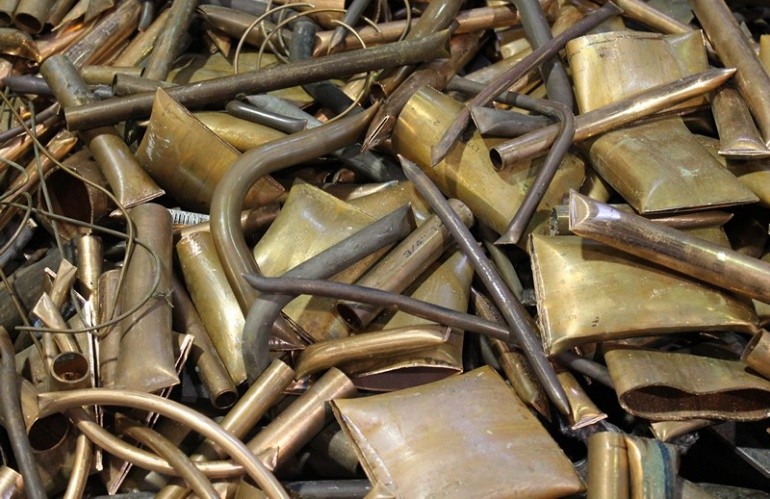

MAR 22, 2023
Brass is an incredibly versatile alloy that has been in use for centuries. Mainly composed of copper and zinc, with small amounts of other metals such as lead, tin, and nickel added for extra strength and corrosion resistance. Brass is used in the production of many products, such as plumbing fixtures, electrical components, musical instruments, and decorative items. With the growing need for sustainable practices and efforts to reduce environmental pollution, brass scrap recycling has become a crucial aspect of the metal recycling industry. Let’s examine the recycling of brass scrap, from collection and processing through melting, decontamination, and hardening. We'll also look at the environmental and economic benefits of brass scrap metal recycling, the types of recyclable brass scraps, and RCM Recycling's role in brass recycling.
The initial step in brass recycling is collecting scrap brass. This material can come from various sources, such as manufacturing processes, construction sites, and end-of-life products like pipes, valves, fittings, wires, and other brass components. A scrap metal company will collect this scrap and transport it to their facilities for processing.
Once brass scrap has been collected, it goes through a sorting process to separate it from other non-brass materials like plastic and rubber. This is typically done using both manual and automated techniques. After sorting is complete, the cleaned brass scrap is cleaned to remove any contaminants like dirt or grease.
The next step in the brass recycling process is melting. After cleaning and sorting, scrap brass scrap is loaded into a furnace and heated to a liquid state using natural gas or electricity. After cooling, it can then be poured into molds to form ingots or other shapes.
Once the brass has been melted down, it undergoes a decontamination process to eliminate any impurities introduced during melting. This may involve filtering, skimming, and chemical treatment as part of an integrated decontamination strategy. Decontaminating recycled brass ensures it meets quality standards for its intended use.
Once the brass has been decontaminated, it can be processed further for additional strength and durability. Hardening typically involves heat treatment combined with cold working methods like rolling, forging, or drawing. Hardened brass can then be used in manufacturing products such as automotive parts, ammunition casings, or musical instruments.
Recycling brass scrap has several environmental and economic advantages. First, it reduces the need for virgin metal ores that can be destructive when extracted and refined. Recycling brass also conserves energy since it takes less energy to melt down and process recycled brass than producing new brass from raw materials. Furthermore, recycling brass helps reduce landfill accumulation which reduces greenhouse gas emissions as well as other negative environmental impacts.
From an economic standpoint, brass recycling is a cost-effective alternative to virgin metals. It can reduce manufacturing expenses since recycled brass is usually more affordable than new brass. Furthermore, recycling brass creates jobs within the recycling industry which could have a beneficial effect on local economies.
Brass scrap can be recycled in several forms, such as:
RCM Recycling is a premier provider of brass recycling services in North America. Their comprehensive solution includes collection, processing, melting, decontamination, and hardening. Their state-of-the-art facility utilizes advanced technology to guarantee top-quality standards for recycled brass.